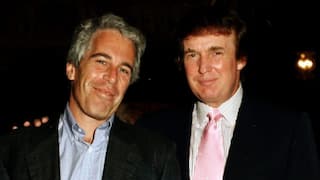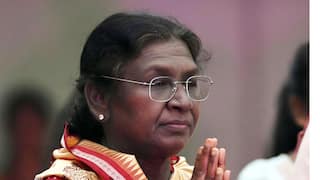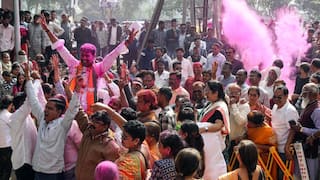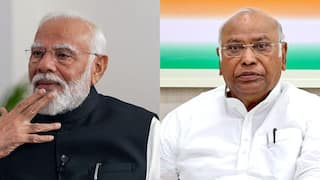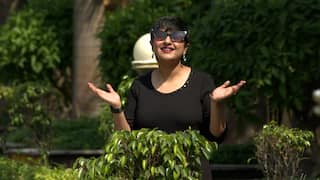Sri Lanka Crisis: How India Has Responded And Why It Is Geopolitically Significant
By standing with Sri Lanka in this hour of crisis, India would be sending across reassuring message to other SAARC members — especially Nepal, Maldives & Bangladesh where Chinese influence is growing.

As the Sri Lanka crisis reached the gates of the Presidential Palace in Colombo, its reverberations were being felt far and wide — especially in the peninsula across the Palk-Strait as the first batch of ‘economic refugees’ docked in Tamil Nadu. If the ethnic Tamil population in Jaffna was fleeing a fierce Sinhala nationalism 40 years back to seek shelter in India, this time around the economic hardship forced the exit from their homeland.
The landing of the first batch of migrants was also a reminder to the India state that it can not be insulated completely from the internal developments in the neighbouring island nation. As it happened during the ethnic war between the majority Sinhala population and Tamil minorities in the eighties, the spillover effect of Sri Lanka’s domestic politics is bound to splash across the narrow stretch of sea that divides to the two south-Asian neighbours. Which is why, India’s stand on the Sri Lankan economic crisis has been pro-actively cautious. While extending a helping hand, India has sought to negate any perceptions of trying to interfere in the internal affairs of Sri Lanka.
The current economic downturn offers an opportunity to reach out to not just the regime and influencers but the Sri Lankan public as large. India has sought to come to its neighbour’s rescue by offering a line of credit for fuel imports, and more than a billion USD assistance to procure essential goods as foreign reserves dry up.
As talks with the International Monitary Fund and World Bank for financial assistance and restructuring of loans enter the last lap, India has stepped up efforts to sustain the Lanka economy in the interim as part of its ‘neighbourhood first policy’. Unlike China, India’s relations with Lanka are not merely guided by economic and geopolitical compulsions alone. The links extend far beyond to social and cultural ties between the two countries.
The last two decades, however, have seen a steady rise in the Chinese influence in Lanka — both in terms of diplomatic and economic exchanges.
The recent controversy over the impending docking of a Chinese ‘spy ship’ at the Hambantota port is an illustration of the strategic import of the island nation in the region. Denied permission over concerns raised by the Indian authorities, China has now sought an immediate meeting with the Lankan authorities under the new dispensation led by Prime Minister Ranil Wickremasinghe.
ALSO READ: What Now For Sri Lanka With Wickremasinghe At Helm Amid Unprecedented Crisis
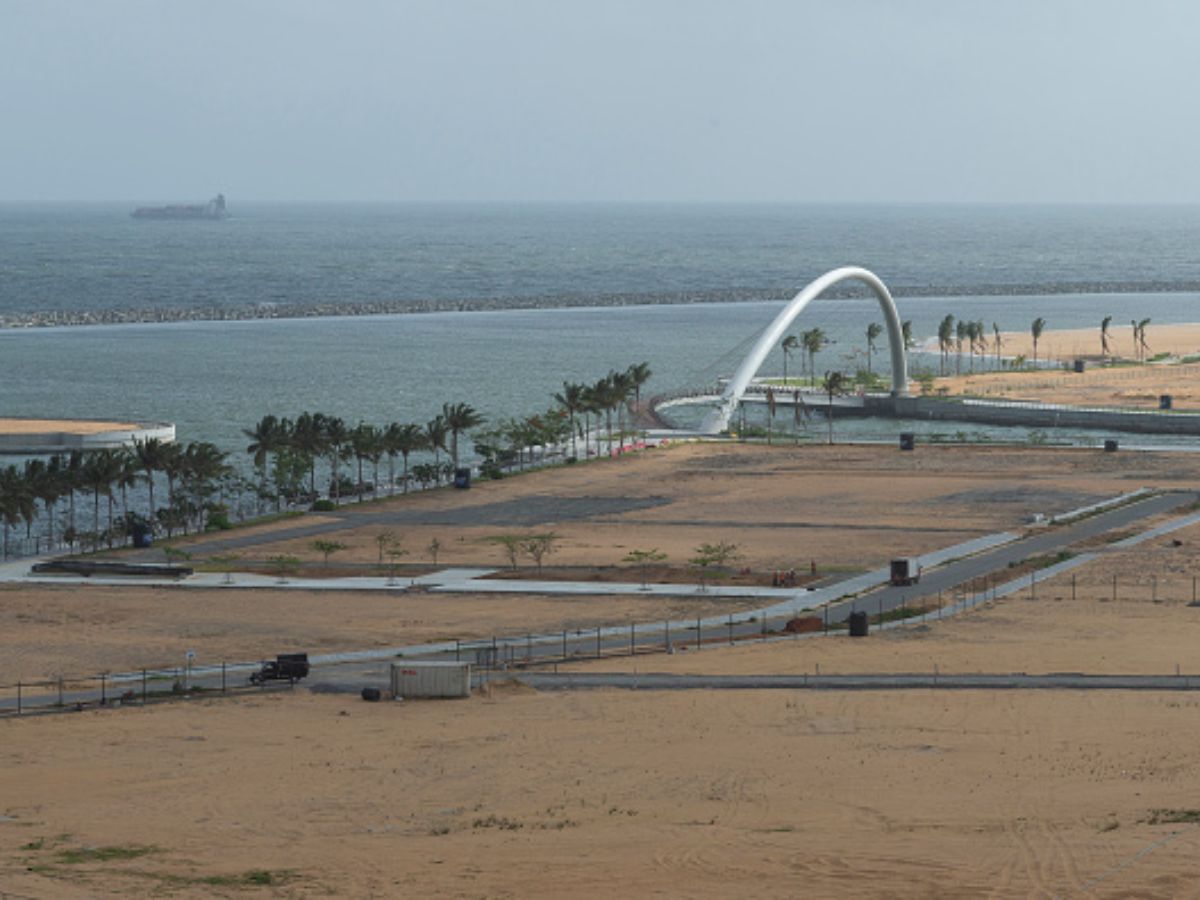
The China Influence
In a 2020 report, Carnegie Centre, an international think tank delved in detail on the growing Chinese influence in south-Asia. The report cites ‘China’s personal relationship with key regime actors’ as one of the many ‘diverse’ ploys used by Beijing to expand its influence in the region.
In the case of Sri Lanka in particular, the Chinese seem to have been active for almost two decades now. The country’s strategic investment in India’s southern-neighbour across the Palk-Strait gained momentum with the rise of Mahinda Rajapakse family almost two decades back.
Riding on Sinhala nationalism, the Rajapakses assumed power and made a determined push to pulverse Tamil insurgency in its northern and eastern districts. China became a key partner in this war against the LTTE by ensuring a regular supply of arms and ammunition to the Lankan military. Diplomatically too, China helped Lanka by scuttling any attempts to raise issues pertaining to collateral damage inflicted on the civilian population during the campaign again the Tamil Tigers. In the process, the Communist regime developed both personal and diplomatic ties within Sri Lanka.
As a quid pro quo, Sri Lanka opened its doors to the Chinese investors for vanity projects like ports and airports. The investments came with a price tag attached. By 2020, Sri Lanka was hurtling toward ‘debt-trap’ as is external debt to China rose to 6% of the country’s GDP. Over the last seven years, debt to China as a percentage of the total Lankan debt has been on a steady rise while that of India has shown a reverse trend.
Lanka was soon to realise the consequences of the increasing Chinese influence. It was forced to hand over a deep-water port at Hambantota to China on a 99-year lease when the facility ran into heavy losses in 2017. The port offers India’s northern neighbour a strategic foothold across the Palk-Strait.
Sri Lanka over the years emerged as a key player in China’s plans to develop a Maritime Silk Road under Beijing’s Belt and Road Initiative.
In 2015, however, Mahinda Rajapakse faced a sudden and surprising defeat at the hands of friend-turned-foe M Sirisena. The turn of events gave India an opening to step up its efforts. Five years later, the extended family returned to power with a thumping majority and remained at the helm until the last month when they were finally driven out of the country by the public at large protesting against an economic collapse triggered by a balance of payment crisis.
In standing by the Lankans in this hour of the current crisis, India would be sending across a reassuring message to other SAARC members too — especially to Nepal, Maldives and Bangladesh where the Chinese influence has been on a steady rise in the last two decades.
The author is an independent journalist who writes on politics and policy.
[Disclaimer: The opinions, beliefs, and views expressed by the various authors and forum participants on this website are personal.]



























